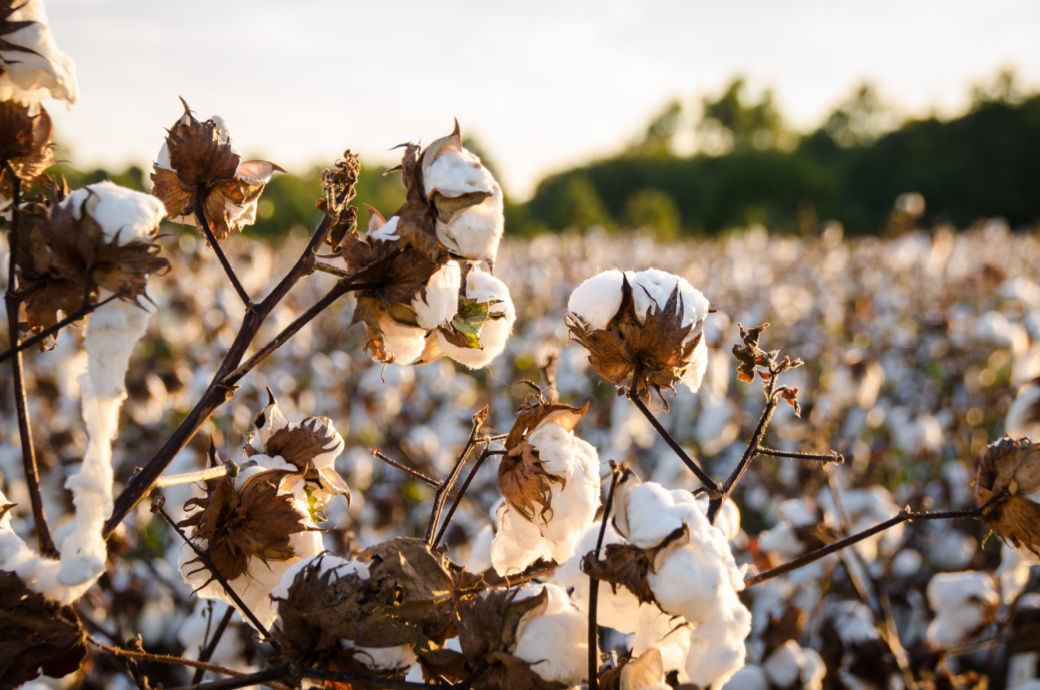
High temperatures and drought in Texas, where 40 per cent of US cotton production occurs, have slashed production and exportable supplies.
Global trade is down by nearly a million bales from the previous month's forecast. Despite that, the United States remains the leading global exporter of cotton.
If realised, MY 2022-23 ending stocks would be at their lowest level since MY 2016-17 at 2.8 million bales, with the United States now exporting more than three-fourths of its crop.
The ratio of shipments and sales to the projected US crop in MY 2022-23 is at the highest level in over 10 years and has supported a strong projected US farm price.
Global production is down slightly to 118.1 million bales, but this change is more than offset by larger beginning stocks. Consumption is down by 3 million bales to 115.6 million with lower projected use across major consuming countries and the largest monthly downward revision since May 2020, USDA said in a note.
Global cotton trade is down and attributed to declining imports and demand amid major macroeconomic concerns, which include higher interest rates from the US Federal Reserve and lower global economic growth forecast for 2022 and 2023 by the International Monetary Fund in its October Outlook, USDA noted.
Global ending stocks are projected at 87.9 million bales, more than 3 million bales higher relative to last month.
Global cotton prices fell significantly since September world agricultural supply and demand estimate (WASDE) with India witnessing the largest fall.
Indian spot prices fell by 30 cents but remain the highest among the observed origins. This is contrary to last year when India prices were the lowest among major producers; far lower supplies in the country relative to the previous year are supporting the stronger basis, USDA added.
Fibre2Fashion News Desk (DS)